Should World Barista Championship competitors use more ingredients from producing countries?
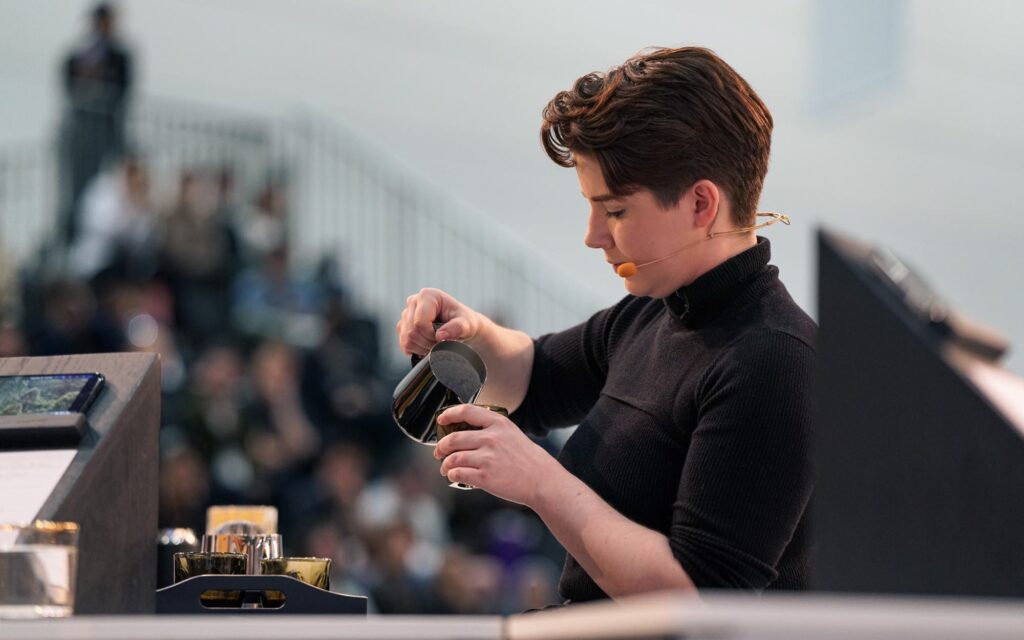
At every World Barista Championship, one of the most exciting and intriguing aspects of the competition is the signature beverage round. This is where participants are able to fully express their creativity and individuality by using a range of unique ingredients.
Over the years, we’ve seen many competitors opt for additions like cryodessicated milk and lacto-fermented fruits. While it’s true that such ingredients have helped to elevate the signature beverage round, many aren’t sourced from coffee-producing countries.
But considering that competitors focus so heavily on coffee origin and processing methods, there is an argument they should also extend the same level of attention to detail to their signature beverage ingredients. Moreover, should WBC participants also try to incorporate more ingredients from producing countries in their routines?
To discuss this further, I spoke to 2023 Brazilian Coffee in Good Spirits Champion Daniel Munari from Royalty Café, and Morgan Eckroth, content creator and 2022 US Barista Champion. Read on for more of their insight.
You may also like our article on whether the World Barista Championship should also be held in Spanish.
When have WBC competitors used ingredients from producing countries?
The World Barista Championship offers competitors the chance to shine on a global stage, especially during the signature beverage round. In addition to choosing a certain coffee for this round, some WBC participants have also made the decision to use ingredients sourced from origin countries.
During the 2016 WBC in Dublin, Ireland, Mauricio Romero – the Colombian Barista Champion – used cacao and honey in his signature drink. During his speech, Mauricio explained he included cacao grown in Apartadó, Colombia to highlight the hard work of the 51 local families who produce it.
Fast forward to the 2022 World Barista Championship in Melbourne, Australia, and runner-up Morgan Eckroth used lulo juice and anise tea in their signature beverage. Otherwise known as naranjilla, lulo is a fruit which is native to northwestern South America. It’s described to have flavours similar to rhubarb and lime.
Morgan says they used anise tea to emulate the flavour of aguardiente. This is a traditional Colombian liquor made with alcohol, sugar, anise, and water.
“Using these ingredients definitely helped me to receive a higher score,” they say. “When assessing a signature beverage, the judges are looking for synergy between the coffee, the theme of your routine, and ingredients.
“By choosing ingredients that can be directly tied back to a coffee farm, there’s an opportunity to score more points,” Morgan adds. “It’s all about intention, as well as the explanation behind developing your drink, and flavour, of course.”
Why use these ingredients?
Daniel Munari is the 2023 Brazil Coffee in Good Spirits Champion. Coffee in Good Spirits has a very similar format to the signature beverage category at the WBC. During the final round, all WCIGS competitors must prepare two Irish coffees and two coffee-and-alcohol-based “designer” drinks.
Daniel tells me he has used ingredients sourced from South American countries during several of his competition routines.
“Using ingredients sourced from origin is about showcasing more of what our countries have to offer,” he tells me. “Incorporating Brazil’s native flavours in my performances is a way of expressing my country’s culture, and showing more reasons for people to fall in love with Brazil.”
No matter which ingredients are used in the signature beverage round, competitors need to consider the balance between aroma, flavour, and texture. In turn, they can create a complex and layered signature drink – and ideally score higher in that round.
Using ingredients from producing countries, however, can help to better represent the types of cuisine common in these regions – as well as the more expansive range of flavours and textures. In many cases, these flavours are often complementary to coffee tasting notes. Additionally, some of these ingredients even grown alongside coffee plants, such as different kinds of native fruits.
How can coffee competitors use more ingredients from producing countries?
For many competitors from non-producing countries, having access to different produce and goods from origin countries is difficult. While fruits like bananas, mangoes, and pineapple are easily available, produce like dragon fruit, durian, and cherimoya (also known as sweetsop or custard apple) is much harder to come by.
Naturally, this means WBC competitors from majority-consuming countries are more inclined to use ingredients which are readily available to them. And considering that training can be stressful, time-consuming, and expensive, there’s ultimately nothing wrong with choosing more familiar ingredients.
In fact, this can even be a positive experience. Competitors can include ingredients which represent their home countries, as well as their cultures and traditions.
But for competitors from non-producing countries who visit coffee farms, they may be able to source other local food and beverages. It’s important to note, however, that competitors should always remain intentional and mindful of how to use these ingredients in their signature beverages.
For example, Morgan says their signature drink ingredients were heavily inspired by their time spent at Finca Inmaculada in Colombia.
“Lulo is a Colombian fruit that has a really bright acidity,” they explain. “I would describe the flavour as a cross between an orange and a lemon. Aguardiente is made with anise, which is a spice that balances out bright acidity really well.
“Together, these two ingredients added more dimension to the signature beverage,” Morgan adds. “We were trying to recreate a coffee cream soda. The addition of intense acidity and aromatic spices really elevated the drink to something that was uniquely delicious. It was most definitely my favourite signature beverage I’ve ever made.”
Remaining mindful
Ultimately, any ingredients included in the signature drink round at the WBC (and other competitions) need to complement the coffee used, as well as the overall theme of the routine.
By incorporating local ingredients from producing countries, competitors can develop a truly unique beverage. However, they must make a connection between the ingredients and their concept.
“Ask yourself what the ingredient adds to the drink – why are you using it over something else?” Morgan says. “Signature beverages are the showstopping element of your performance, which means they have to encapsulate the essence of your routine.
“So everything that goes into developing them matters – from physical preparation to the ingredients themselves,” they add.
For example, Daniel explains how he used certain Brazilian ingredients in his World Coffee in Good Spirits routine to not only showcase South American flavours, but to also add complexity and body to his drinks.
“For my hot beverage, I infused fava tonka (or Amazonian vanilla) with an aged rum so it would taste sweeter and more complex. The drink also had notes of vanilla and banana molasses.
“Meanwhile, for my cold drink, I used a cordial made from a Brazilian fruit called atemóia,” he adds. “It’s a white fruit and it tastes sweet, so it brought out some white flower notes in my drink.”
Using localised Coffee Taster’s Flavor Wheels to develop signature drinks
For coffee professionals and competitors alike, the Specialty Coffee Association Coffee Taster’s Flavor Wheel is one of the most useful tools to understand and explain flavours in coffee.
It has, however, been met with some criticism in recent years. This is largely because most of the flavours listed are more relevant and specific to non-producing countries. As a result, some of the flavours industry professionals and consumers in origin countries are more familiar with are excluded.
This also means coffee competitors from producing countries can struggle to use these resources as effectively as possible.
For instance, panela (unrefined whole cane sugar) is popular in many Latin American countries. However, it isn’t present on the SCA Coffee Taster’s Flavor Wheel. If Central and South American (or any, for that matter) WBC competitors were looking to use panela in their signature beverages, it could be challenging to find similar sweet flavours.
“I understand why the Flavor Wheel needs to be universal, but it often means coffee professionals in producing countries don’t relate to the flavours as much,” Daniel explains. “For instance, some berries on the Flavor Wheel aren’t commonly available in Brazil.”
This has led some organisations and companies to launch their own localised flavour wheels, including in Taiwan and Indonesia. These include sensory descriptors which are native to these countries – and thereby create a more accessible resource for producers and other industry professionals.
Benefiting the wider specialty coffee sector
It goes without saying that we need to include a more diverse range of sensory descriptors on the SCA’s Flavor Wheel, as well as other relevant tools and resources. By doing so, coffee competitors can better develop signature drinks using ingredients from producing countries – and more accurately describe the flavours to the judges.
“Taste perception and flavour notes are interesting because they are, to many extents, subjective,” Morgan says. “They are derived from our own experiences, and the more experiences we can make room for, the better.”
They also believe that using local and native ingredients from origin countries can better represent the different terroirs of these regions.
“With terroir and agricultural practices playing such a major part in coffee production, it’s impossible to ignore the impact on other crops in these countries,” they conclude.
Every WBC (or WCIGS) competitor will decide which ingredients they want to use in their signature beverage course. And they can certainly choose whichever ingredients they wish to – as long as the flavours complement their coffee.
But by using ingredients from producing countries, coffee competitors can develop more unique signature beverages – and potentially explore new ways to express flavour.
Enjoyed this? Then read our article on whether WBC competitors always need to practise with official equipment.
Photo credits: Specialty Coffee Association, World Coffee Events, Daniel Munari
Perfect Daily Grind
Want to read more articles like this? Sign up for our newsletter!
The post Should World Barista Championship competitors use more ingredients from producing countries? appeared first on Perfect Daily Grind.
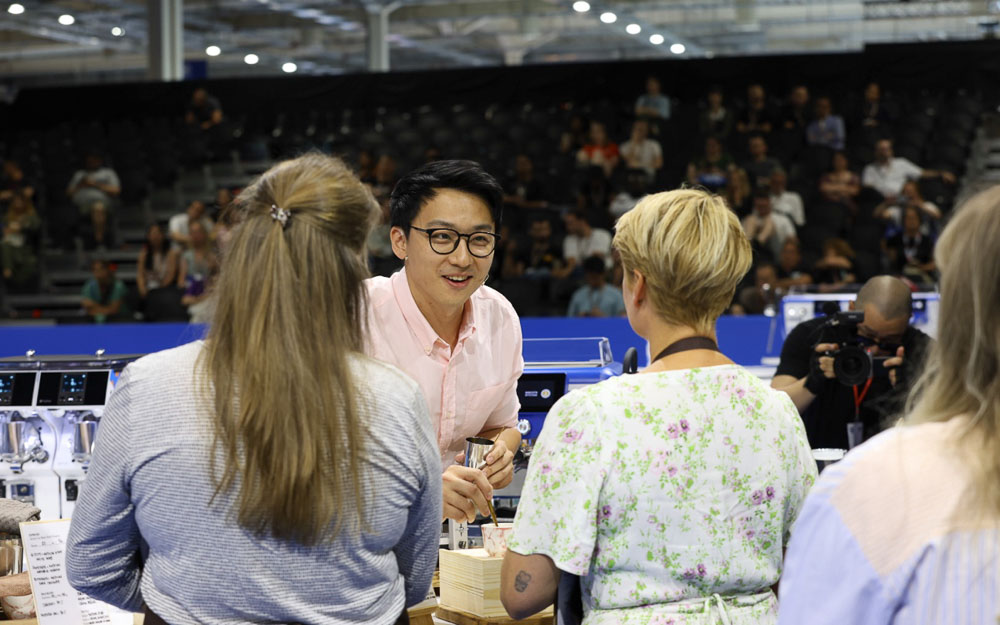
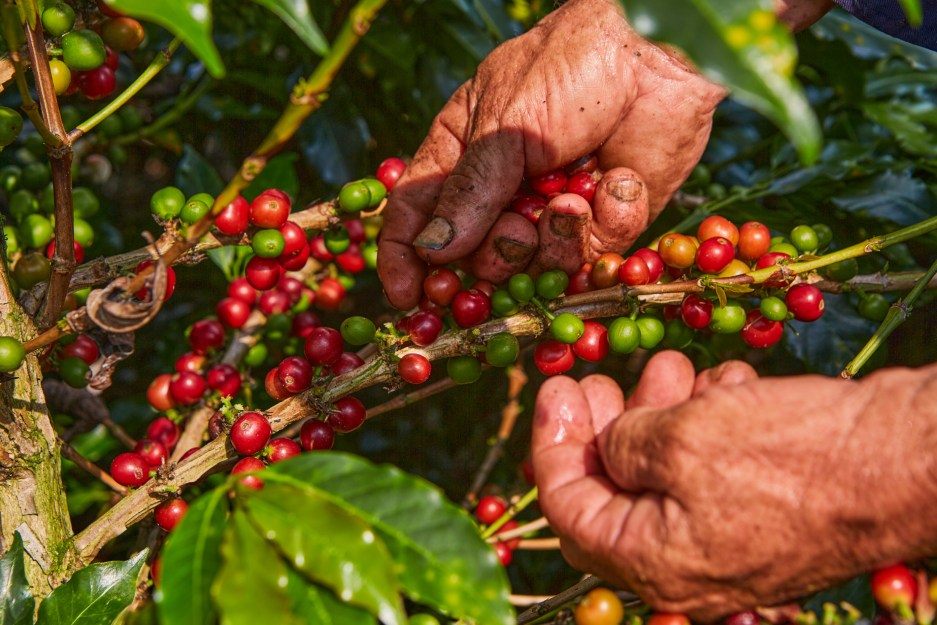
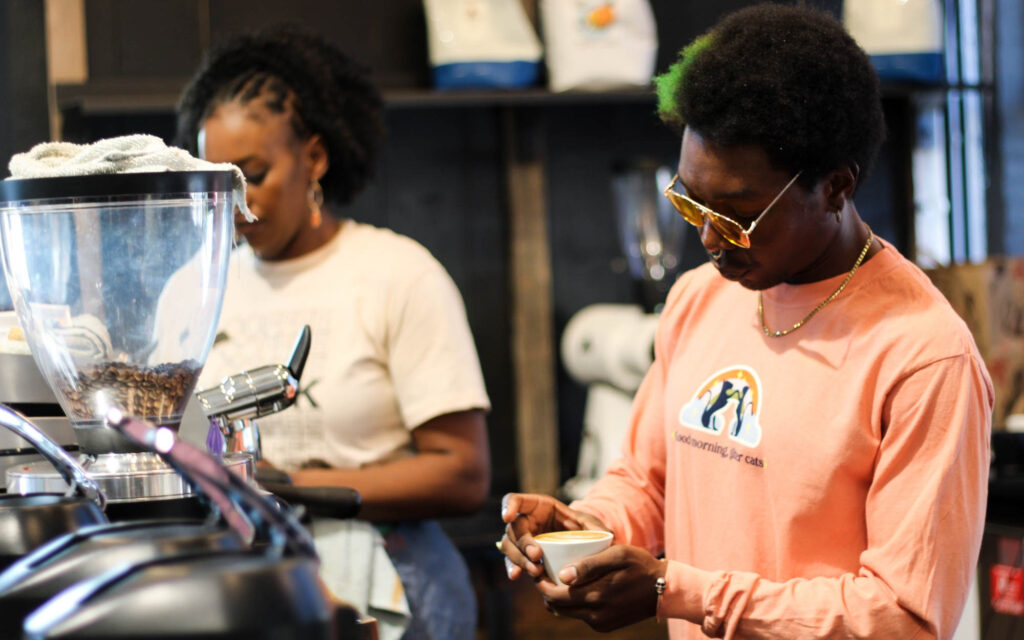
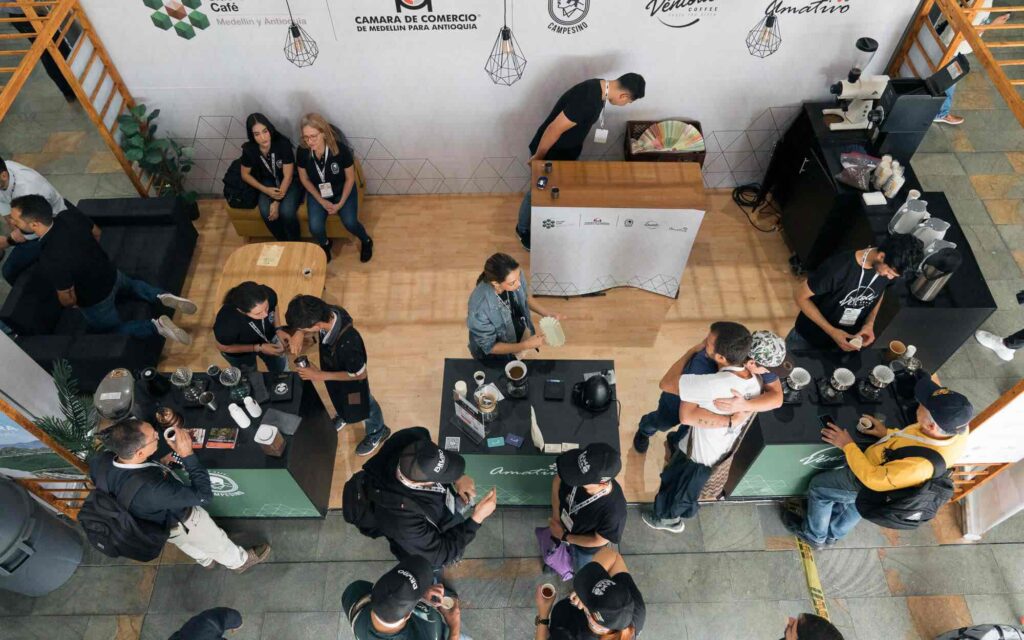
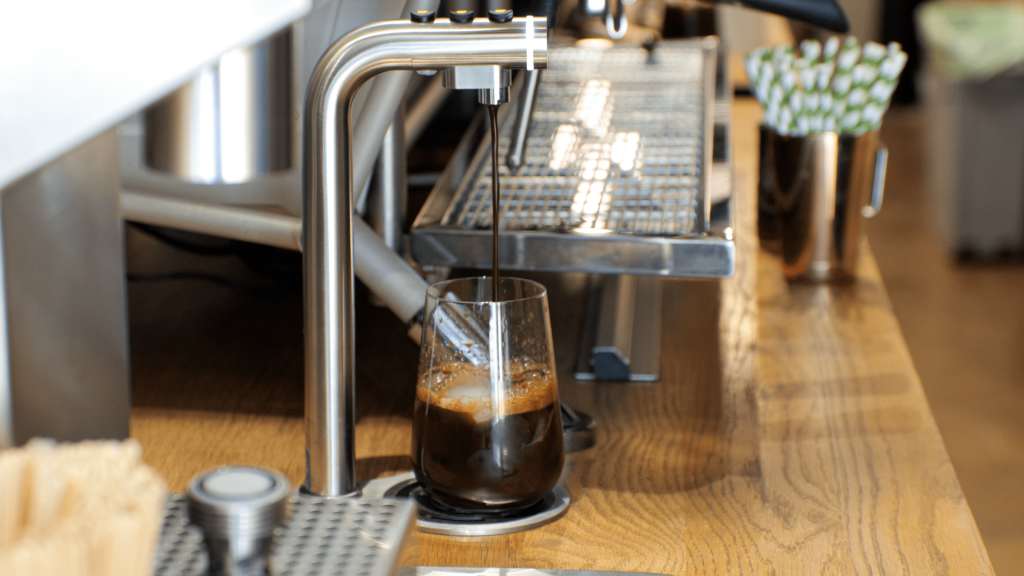
Responses